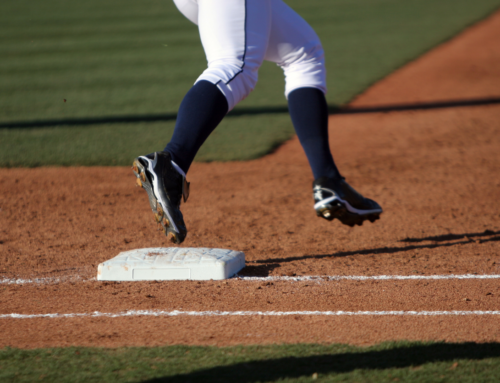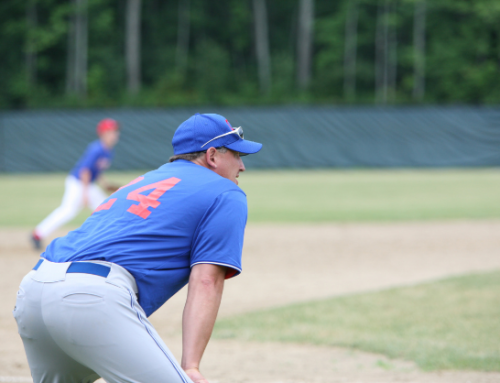Be ready for your recruiting pitch
As a baseball player, you’ve likely been reminded at every level of the importance of timing at the plate, on the mound, and on the bases. However, if you’re looking to play baseball in college, timing is also an important part of the recruiting process. Just as every baseball player is different, your recruiting process timeline will be unique to you. That said, there are a few factors that affect every player’s recruiting timeline.
The Time To Start Is Now
While there are specific times when college coaches can contact high school recruits, you can start working toward being recruited to play baseball in college as early as your freshman year in high school. To get started, simply get together an online profile and assemble a highlight and skills video that shows off your batting stroke, pitching arm, or fielding prowess. Then research the schools where you think you‘ll fit best and start reaching out to those coaches.
Remember that, in NCAA Division I, a college baseball coach can’t contact you until after September 1st of your junior year in high school. For Division II, that date is June 15th after your sophomore year. Beyond that, there are no contact restrictions for DIII and NAIA coaches, but since their recruiting budgets are often limited, most wait until a player’s junior year before reaching out.
Why is it important to start early? Time, that’s why. Starting early gives you more time to be seen and noticed by coaches. More time to see where you can improve. More time to go to college baseball summer camps to get a feel for a school’s facilities and campus. More time to assess your skills and desires so that you can find the school that best fits you athletically, academically, financially, and socially. And finally, starting early provides more opportunities for coaches to see how you develop over time.
When Is Your Time?
Again, the baseball recruiting timeline is different for every high school student-athlete. How and when you get interested, and even scholarship offers, from a given school, can vary based on your position, your size, your skill level, and even where and how often you’ve played high school or club baseball. So, unless you’re an elite player, and even though you may have started your baseball recruiting process as a freshman, the college baseball recruiting timeline generally dictates that you won’t garner interest from college coaches until the beginning of your senior year. That’s because most college coaches wait until after the major league baseball draft to assess their own team’s needs going forward, while also providing them one extra season of play to assess how you might continue to develop. In other words, your skill development timeline will ultimately play the biggest role in your recruiting timeline.
Given all that, it’s important to take your time and fully understand the offer or offers you do receive. You don’t control the timeline of when you’ll receive an offer from a coach, but most schools do allow you plenty of time to make your decision. Since full-ride scholarships are rare for all but the elite high school baseball players, any offers you do receive will likely be in the form of a partial scholarship. Remember that all schools and all scholarships are not created equal. Therefore, a partial scholarship covering 30% of your college costs at a smaller school could actually cover more of your college expenses than a 40% scholarship at a larger, more expensive school. Take your time, do your research, and figure out which school and baseball program fits you best.
Sometimes, It May Take Time
It’s also not unusual for many high school ballplayers to finish their senior seasons without drawing interest from college coaches. If you’re a late bloomer or you don’t fit some baseball player size stereotype, you may still have time to find a spot on a college roster.
Just remember that transfers and the major league draft can throw big curves into a college coach’s plans for the upcoming season. Keep working to improve and raise your recruiting profile. Keep reaching out to coaches and make sure you answer any and every recruiting inquiry you might receive. Keep all your options open, regardless of the school or the program. Don’t close any doors and make sure you have a backup plan, such as walking on at a smaller school nearby. Finally, while it’s fine to have a dream school on your list, waiting for any school to contact you while ignoring others who might have more interest in you, is simply wasting time.
If you’re a freshman, you’ve got plenty of time to work on your own recruiting process. If you’re approaching your senior season, the time is now. But no matter where you are in your baseball recruiting process, an understanding of the timing of the whole process can help eliminate stress while you find the school, and baseball program, that’s got the time for you.
Did you enjoy the article ‘Why Timing Is Important In Baseball Recruiting’? If so, check out more of our articles HERE.






